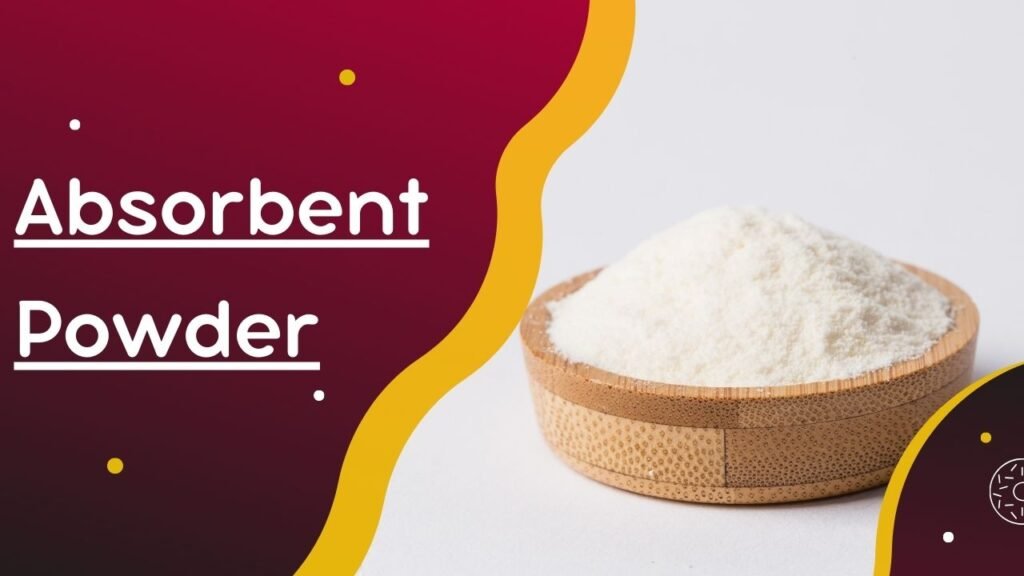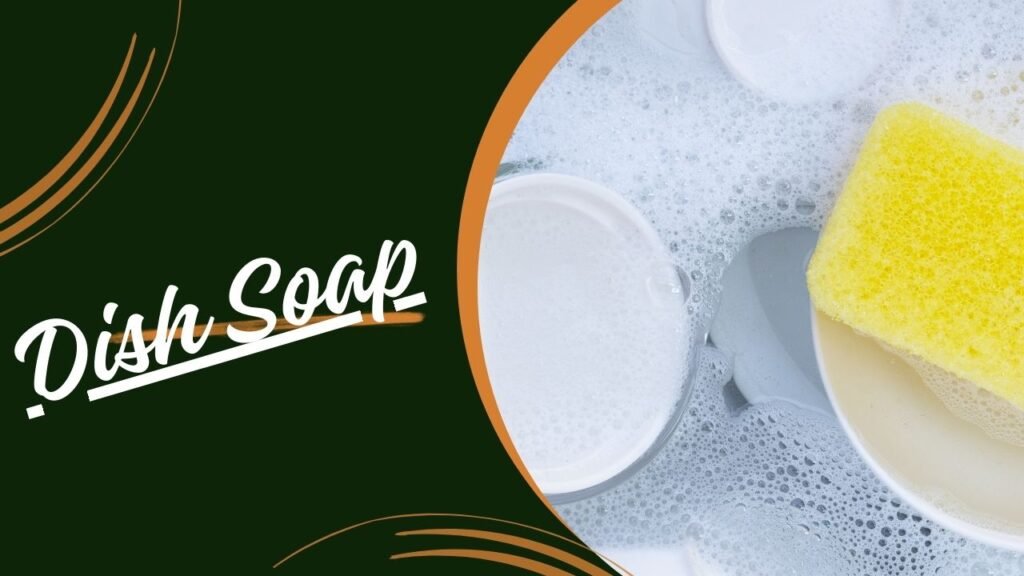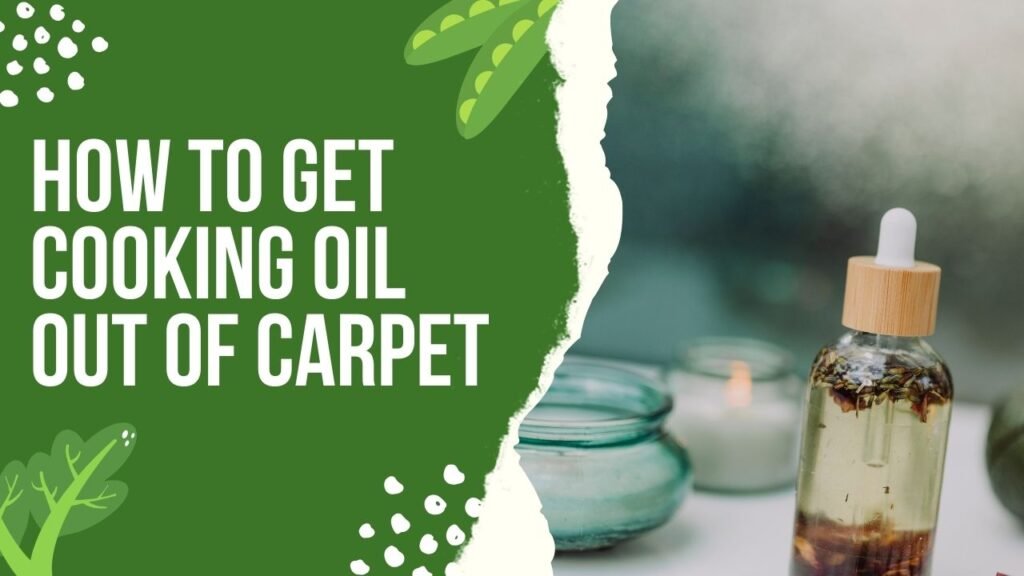Picture this: You’ve just finished a delightful homemade meal, but in the excitement, a splash of cooking oil spills onto your pristine carpet. Panic sets in as you wonder, how to get cooking oil out of carpet without leaving a stubborn stain. Don’t worry—you’re not alone, and with the right techniques, your carpet can look as good as new. Let’s dive into the best methods to tackle those pesky oil spills effectively.
Understanding Oil Stains on Carpet
Before jumping into the cleanup process, it’s essential to understand how oil interacts with carpet fibers. Cooking oil is a type of fat that can penetrate deep into the fibers, making it challenging to remove if not addressed promptly.
Why Prompt Action Matters
- Prevents Stain Setting: The longer oil sits, the harder it is to remove.
- Avoids Odors: Leftover oil can lead to unpleasant smells.
- Protects Carpet Integrity: Prevents damage to the carpet backing and padding.
Tools and Materials You’ll Need
Gathering the right supplies beforehand can make the cleanup process smoother. Here’s a handy list:
| Item | Purpose |
|---|---|
| Paper towels or clean cloths | To blot and absorb excess oil |
| Baking soda or cornstarch | To absorb remaining oil |
| Dish soap (preferably degreasing) | To break down the oil |
| White vinegar | To neutralize odors and help lift stains |
| Warm water | For diluting and rinsing |
| Soft-bristled brush | To gently scrub the area |
| Vacuum cleaner | To remove baking soda or cornstarch residue |
Step-by-Step Guide: How to Get Cooking Oil Out of Carpet
1. Act Quickly
Time is of the essence when dealing with oil spills. The sooner you address the stain, the easier it will be to remove.
2. Blot the Excess Oil
- Use paper towels or a clean cloth to gently blot the spill.
- Avoid rubbing, as this can push the oil deeper into the fibers.
- Continue blotting until no more oil is absorbed.

3. Apply an Absorbent Powder
- Sprinkle baking soda or cornstarch generously over the stained area.
- Let it sit for 15-30 minutes to absorb the remaining oil.
- Vacuum up the powder using a vacuum cleaner.
4. Create a Cleaning Solution
Mix the following ingredients to create an effective stain remover:
| Ingredient | Quantity |
|---|---|
| Dish soap | 1 tablespoon |
| White vinegar | 1 tablespoon |
| Warm water | 2 cups |
5. Apply the Cleaning Solution
- Pour a small amount of the solution onto the stain.
- Gently scrub with a soft-bristled brush in a circular motion.
- Allow it to sit for 5-10 minutes to penetrate the fibers.
6. Rinse the Area
- Blot the area with a clean cloth dipped in warm water to remove the cleaning solution.
- Repeat if necessary to ensure all residues are gone.
7. Dry the Carpet
- Blot with dry towels to remove excess moisture.
- Allow the carpet to air dry completely. Avoid walking on the damp area to prevent re-soiling.
Alternative Methods: What to Do If the Stain Persists
Sometimes, despite your best efforts, the oil stain remains. Here are a few alternative methods to try:

Using Dish Soap Alone
- Apply a generous amount of dish soap directly to the stain.
- Scrub gently with a brush.
- Rinse with warm water and blot dry.
Utilizing Commercial Carpet Cleaners
- Choose a cleaner specifically designed for oil or grease stains.
- Follow the manufacturer’s instructions for the best results.
Employing Enzyme Cleaners
- Use an enzyme-based cleaner to break down the oil molecules.
- Apply as directed, allowing it to sit for the recommended time before rinsing.
Preventing Future Oil Spills
While accidents happen, there are ways to minimize the chances of future spills:
- Use splatter guards when cooking with oil.
- Place mats or trays under cooking areas to catch spills.
- Maintain a clean cooking environment to reduce the risk of accidents.
Table: Comparison of Cleaning Methods
| Method | Effectiveness | Ease of Use | Cost | Best For |
|---|---|---|---|---|
| Blotting and Absorbing | Moderate | Easy | Low | Fresh, small spills |
| Dish Soap and Vinegar | High | Moderate | Low | Stubborn stains |
| Commercial Cleaners | Very High | Easy | Moderate | Persistent, large stains |
| Enzyme Cleaners | High | Moderate | Moderate | Deep-set or old stains |
Tips for Effective Carpet Cleaning
- Test Cleaning Solutions: Always test any cleaning solution on a small, inconspicuous area first to ensure it doesn’t discolor or damage the carpet.
- Avoid Over-Wetting: Too much moisture can lead to mold or mildew growth beneath the carpet fibers.
- Use Gentle Motions: Harsh scrubbing can damage the carpet fibers, making stains harder to remove.
FAQs
1. Can I use any type of dish soap for cleaning oil stains?
No, not all dish soaps are effective; choose a degreasing dish soap specifically designed to cut through grease and oil. Degassing dish soaps are more effective at breaking down oil molecules. So, look for soaps labeled as grease-cutting.
2. Is it safe to use white vinegar on all carpet types?
White vinegar is generally safe for most carpets, but it’s always best to test on a small area first to ensure it doesn’t cause discoloration.
3. How can I remove oil smells from my carpet?
After removing the oil stain, sprinkle baking soda over the area and let it sit overnight. Vacuum it up the next day to absorb any lingering odors.
4. What should I do if the oil stain doesn’t come out?
Consider calling a professional carpet cleaner who has specialized equipment and solutions to handle tough oil stains.
5. Can steam cleaning help with oil stains?
Yes, steam cleaning can be effective, especially when combined with a good detergent. However, ensure the carpet dries thoroughly to prevent mold growth.
Personal Insights: My Go-To Method
From personal experience, using a combination of baking soda and dish soap works wonders for most oil stains. It’s a simple, cost-effective approach that doesn’t require harsh chemicals. Plus, the natural ingredients are safer for pets and children.
Conclusion
Accidental oil spills on your carpet can be stressful, but knowing how to get cooking oil out of carpet makes the situation manageable. By acting quickly, using the right tools and techniques, and following a systematic approach, you can restore your carpet’s appearance and prevent long-term damage. Whether you opt for household remedies or commercial solutions, the key is persistence and care. So, next time oil splashes onto your carpet, you’ll be well-prepared to tackle it head-on and keep your home looking spotless.


